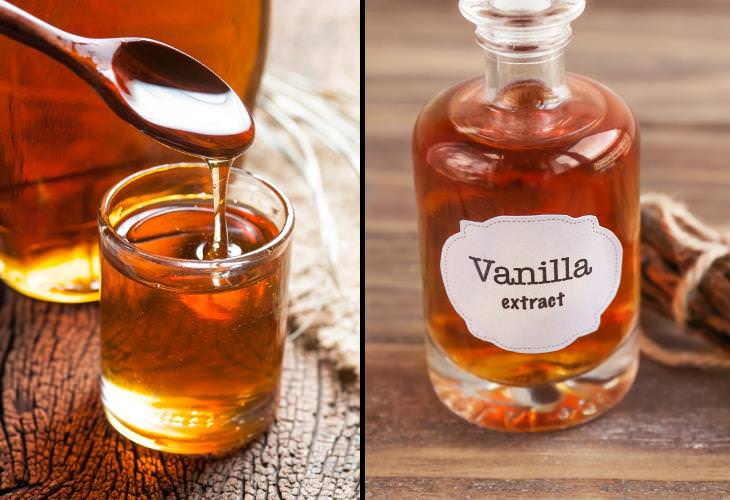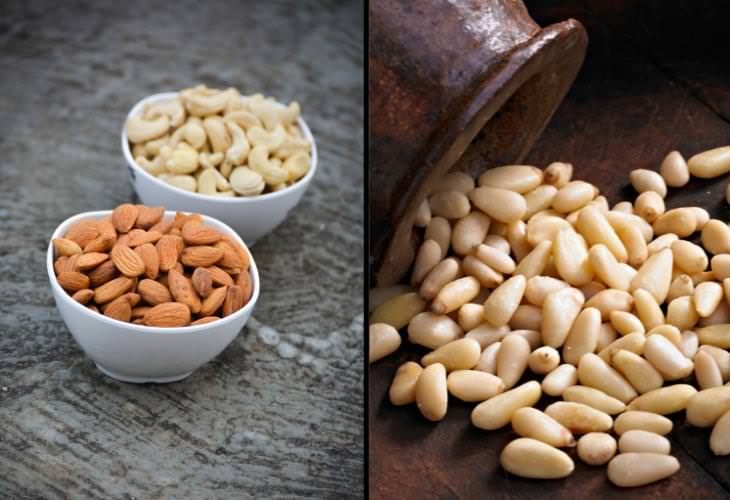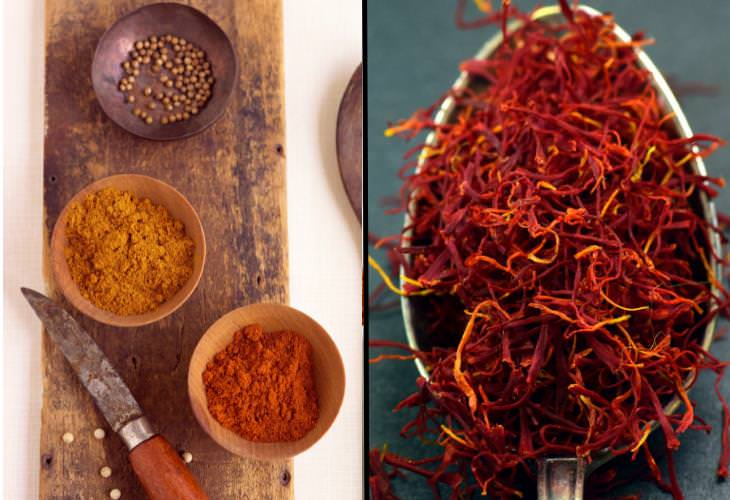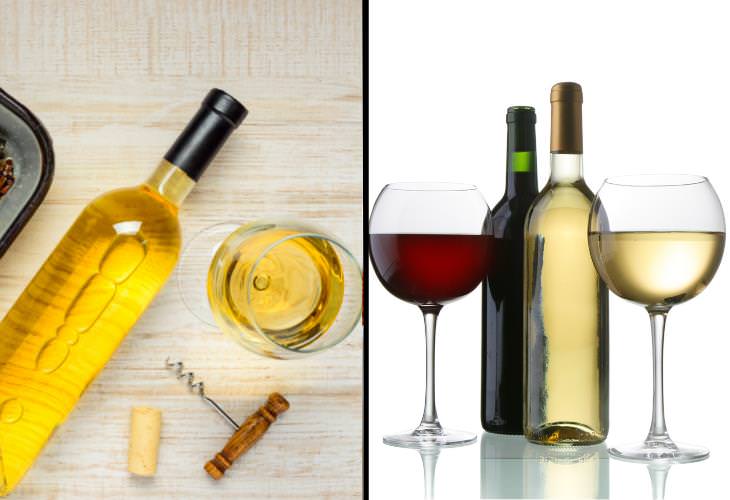One of the ways the pandemic has changed
our lives is that we don’t often discuss how cooking at home has become
much more normal. More and more families these days are avoiding going
out for meals and choosing to prepare their food themselves.
Taking up cooking at home can, of course, be a wonderful habit and can
also save you money that you would otherwise spend on expensive
restaurant dishes. However, considering the rising costs of groceries
today, making food at home isn’t cheap either. Fine cooking demands
pricey ingredients, which can put a serious dent in your wallet. From
expensive spices and meat to high-end wines, these food items aren’t
affordable to everyone.
Thankfully, you can make swap those ultra-pricey ingredients with some
inexpensive alternatives. Not only will these smart substitutions bring
your grocery bills down, but they also offer the same taste as their
expensive counterparts.
1. Maple Syrup for Vanilla Extract


Vanilla extract is a common ingredient used
in baked goods, beverages, custards, and some savory sauces. The spice,
which adds a lovely flavor to the dishes, has been used for more than
100 years. Unfortunately, vanilla extract is the second most expensive
spice used after saffron. In the last few years, particularly, its price
has shot over the roof. This is because 80% of vanilla is produced in
Madagascar, which has recently suffered from terrible weather. Failed
crop yields have resulted in vanilla prices skyrocketing. Moreover,
vanilla extract comes from a plant that is very difficult to grow.
You can try using maple syrup in place of vanilla extract. While the
flavor may not exactly be the same, maple syrup is sweet and mild and is
way cheaper. Moreover, it’s easily available and you won’t have any
trouble finding it.
Opt for equal parts maple syrup to vanilla extract in your recipes.
However, if your recipe requires more sugar then reduce the sugar
amount, as maple syrup naturally contains more sugar than vanilla
extract.
2. Almonds and Cashews for Pine Nuts

Pine nuts have a soft, nutty flavor with a
tinge of sweetness. Their buttery taste makes them perfect to add to
salads and hummus or pesto and other sauces. Pine nuts are rich in
monounsaturated fats and vitamin E, making them a highly nutritious
snack that you can eat raw or roasted. They are also quite costly as
they are harvested from pine cones that are tough to process and labor
is expensive.
So if a dish doesn’t specifically call for pine nuts, you can try
cashews and almonds in their place. Cashews have a similar taste and
texture to pine nuts while almonds share an identical nuttiness to them.
Moreover, both almonds and cashews are extremely nutritious as well and
can be used as an evening snack. Most importantly, though, they are
almost 50% cheaper than pine nuts.
3. A Mix of Paprika and Turmeric for Saffron


4. Truffle Oil for Truffles


Saffron is widely known as the world's most expensive spice. It comes from the dried stigmas of the crocus flower
and has to be collected by hand. As many as 250,000 stigmas of flowers
are harvested to get just a little of the spice. This labor-intensive
process results in its steep price.
A good alternative to saffron is a mixture of paprika and turmeric.
Yes, you might not get the same aroma of saffron from this combination,
but its taste is pretty amazing and it will be much more affordable.
Also, it will work as a substitute in almost any recipe.
4. Truffle Oil for Truffles
Truffles are delicious but they are also
one of the most expensive foods in the world. This is due to the fact
that these edible mushrooms grow underground near the roots of certain
trees throughout central Europe. Moreover, cultivating them is a tough
and costly process. On average, European white truffles can sell for as
much as $3,600 a pound (prices vary depending on the growing season and
the rarity of the type).
They are highly sought for their distinct earthy, musky flavor and scent
and are often served over dishes like pasta or risotto.
Truffle oil, however, is significantly less expensive than fresh
truffles and is available in all seasons. It is made by infusing
sunflower or olive oil with the aroma of white or black truffles. The
oil can be used to give a dish that high-class, delicious flavor. Keep
in mind not to cook with it, though, as it is scented with chemicals.
Use it as finishing oil and sprinkle it over prepared food like eggs,
cooked vegetables, pasta, or potatoes.
5. Cooking Wine for Red and White Wine

Many recipes demand white or red wine as an
ingredient. However, both varieties are pretty costly and you are
unlikely to find a bottle for less than $15 or so. Fortunately, cooking
wine is a great substitute in such a case. It’s much less expensive and
will add the flavor you need to your dishes. Yes, red or white wine will
be much more flavorful, but cooking wine does provide the wine flavor
at an affordable cost.
Experts say that while searching for cooking wines in the grocery store
look for styles like dry nutty, sweet nutty, sweet whites, and rice
wine. Dry nutty wines are best for gravies and fish while sweet nutty
wines are ideal for desserts like ice cream. Rice wine is perfect for
marinades and Asian dishes, and Sweet whites go best with sweet fruit
tarts.
6. Pork for Veal
Veal, the meat from calves, is a delicious
delicacy that’s known for its high quality, tenderness, and intensity of
flavor. Veal is also one of the more expensive meats at the butcher
shop as its production requires limiting the movement of calves and
giving them special diets to ensure uber-tender and pale flesh.
Furthermore, recent data from the Bureau of Labor Statistics shows that
the price of beef and veal increased 20.1% between October 2020 and
October 2021.
Pork is a more reasonably priced substitute because raising feeding and
bringing hogs to market is less costly than beef cattle. Their taste is
also not much different from veal.
7. Shoulder Tender for Filet Mignon
Filet mignon is considered the gold
standard for steaks. But it’s quite pricey because this steak cut is one
of the tenderest of all beef and because the average animal only holds
about 500 grams of it. Two small puck-sized filet mignon steaks can cost
you a fortune!
You can instead give shoulder tender a try. It’s a lean cut of meat from
the cow’s shoulder and is more affordable than filet mignon. In fact,
it’s one of the least expensive cuts of beef and is much loved for its
strong and rich flavor. Furthermore, the shoulder tender isn’t heavy or
fatty and is way more flavorful and juicier than filet mignon. It’s best
cooked on the grill with indirect heat or by searing in a pan then
finishing in the oven.
8. Whole Chicken for Chicken Parts
Whole chickens are dollars cheaper per pound (or kg) than the plastic trays containing the breast, thigh, or other bundled chicken parts. Of course, you will have to cut out the parts you need yourself and that can take some effort, but it’s still a cost-effective purchase as the meat you cook and eat would be cheaper than it would be otherwise. Another benefit of buying and cutting whole chickens is that you will end up becoming a better cook as you will learn to work with what you have on hand to produce quality food.